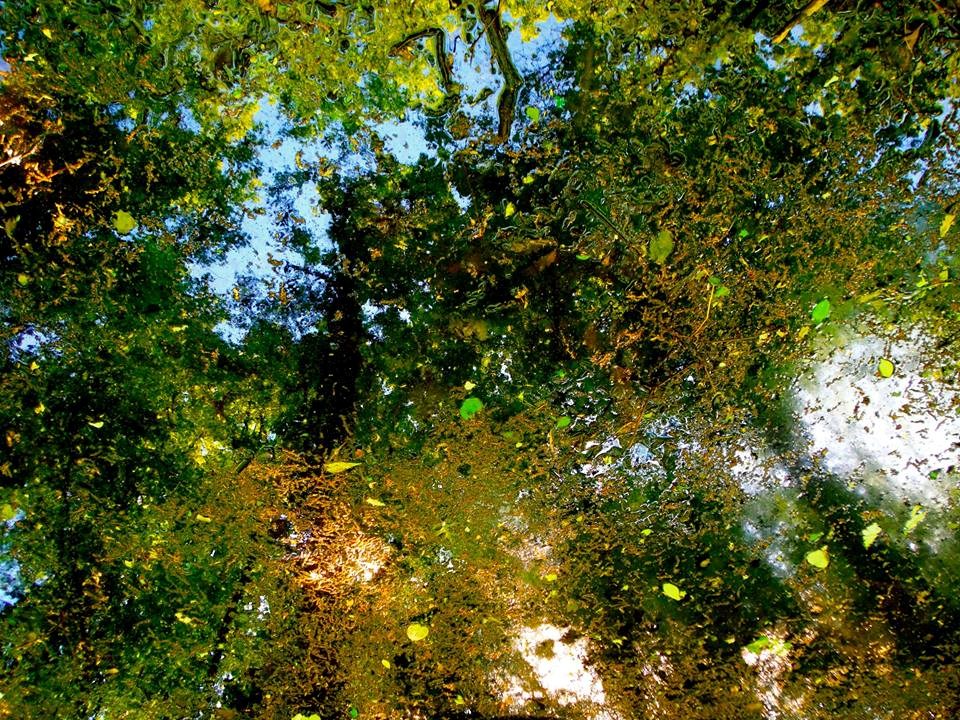
I fear the day a coyote becomes the victim.
Over the past five years or so, I’ve noticed many articles covering peculiar and sometimes startling coyote encounters.
What makes these stories newsworthy is the fact that coyotes are showing up in our backyards, sometime literally, and more often than they used to.
When we read about a coyote experience in an urban setting, it may seem easy to skim the surface and feel like our space has been invaded. Space is the driving factor for the rising number of coyote stories.
In Niagara-on-the-Lake, and in southern Ontario, humans have created this situation, which will likely continue to grow. A coyote much prefers the forests, scrub brush, and meadow areas of NOTL, but with those sorts of habitats disappearing, the coyote is losing ideal areas to forage, travel, and rest. The coyote is an interesting creature though, because of its remarkable adaptability. In all of its native distribution, the coyote has demonstrated it can survive in human-modified landscapes pretty comfortably.
These animals have lost most of their original habitat, so it is no wonder we see them out in open view more often, galavanting across the landscape, or perhaps looking for an easy food source on the outskirts of town. Sometimes, even in downtown, as locals have seen.
We generally don’t need to fear the presence of these animals, as they are far more scared of us than we are of them. Give the coyote its space, as it would rather not engage with us in any way.
Niagara Region has lost 90 per cent of its original forest coverage. That percentage is even slightly higher for the municipality of NOTL. How can we act surprised when these wild animals show up in our backyards? Whose backyard was it to begin with?
This isn’t a matter of “speciesism,” or debating the superiority of the human and the coyote — it’s about the modifications to our nautical areas, and how we’re now beginning to live with these ripple effects. This is the sobering but realistic theme from all corners of the world.
The coyote is a cunning creature that exemplifies shifts in the landscape. Some species will adapt and carry on in our presence, but sometimes closer than we’re used to. In most cases, the other species disappear with their habitat. The coyote is so far proving to be a successful adaptor to the situations unfolding in NOTL.
With the recent loss of forest and scrub near John Street and The Promenade, the green “ring” around NOTL was further disconnected. This habitat corridor, an essential travel route for animals like the coyote, has been interrupted. The animals also experience more exposure to our domestic temptations. “What’s that smell in that garbage bin? Is that a dog in your backyard? Wow, so many rabbits and mice to eat in these agricultural areas.” Some coyotes are learning how to live in NOTL quite easily, as others continue to live in deeper woods of Niagara and Ontario.
In this equation, we have NOTL’s urban growth, habitat loss, and more visitors every year. What do these factors equal as the sum of their parts? I envision a sad day for coyotes when we see that one incident which is alarming and unusual enough to pit the public against the shy canine. What would happen next? Would there be laws and destruction permits against these animals if they are deemed as a threat? I would hope not.
I don’t want to see the day when the coyote is seen as the victim. Let’s keep our heads up, be aware, be patient, and respect the space of our neighbours as we inevitably move in a little closer to one another.